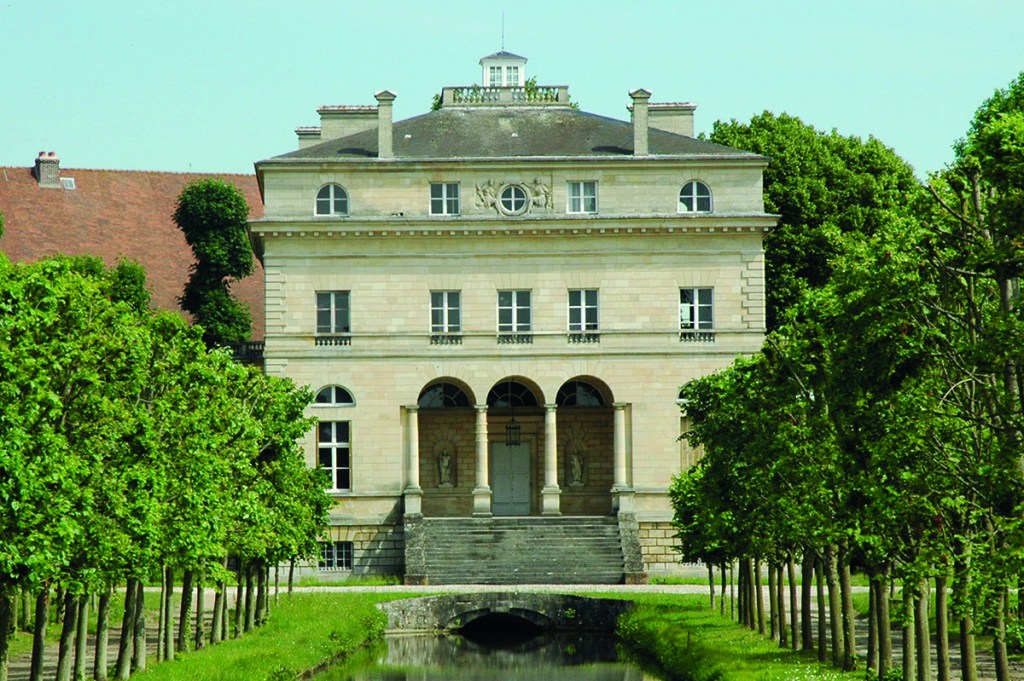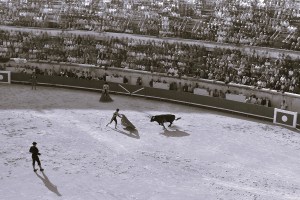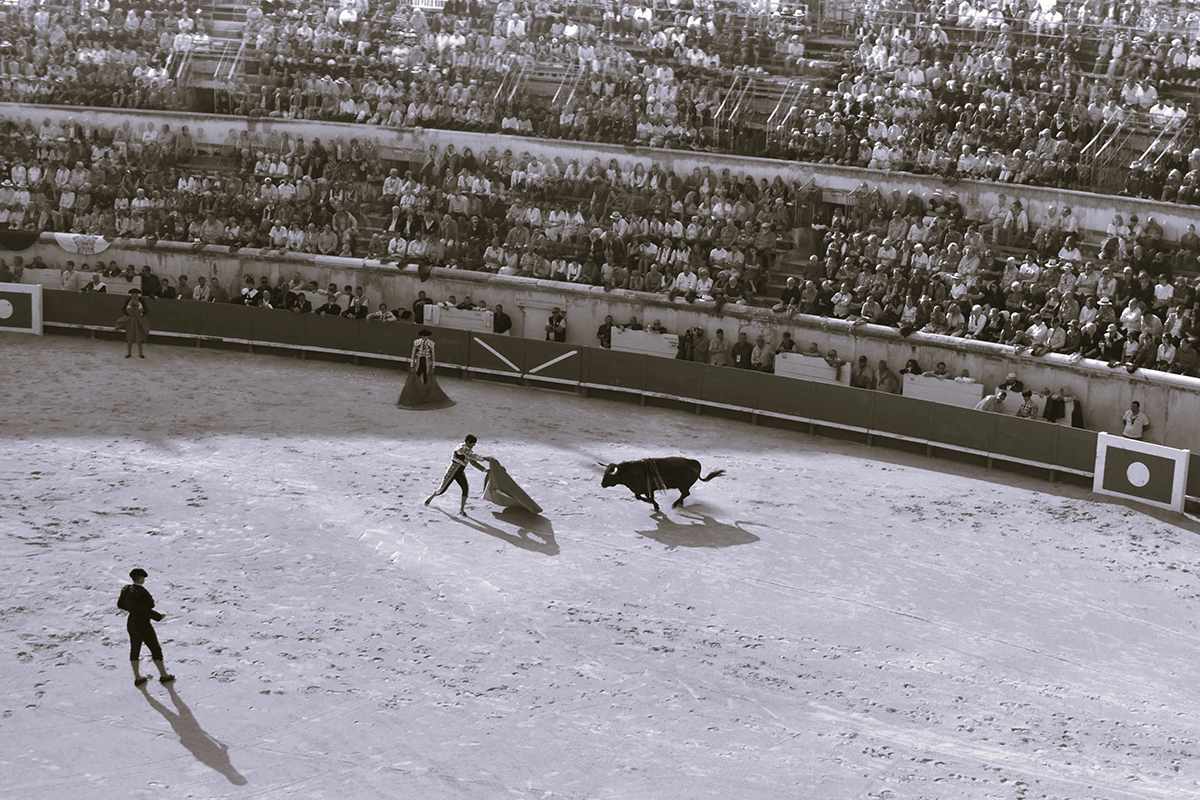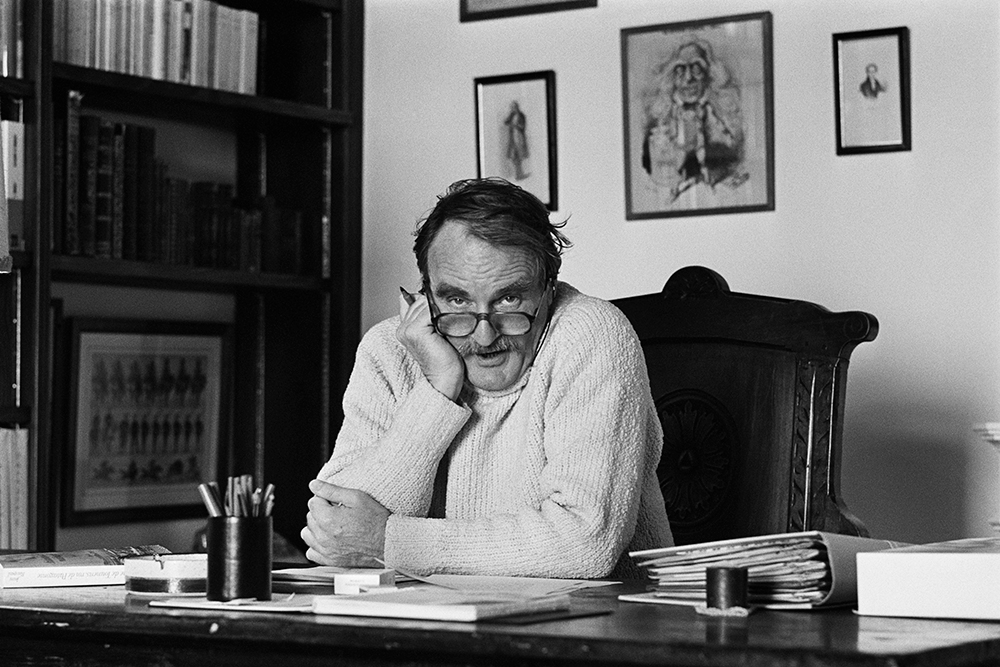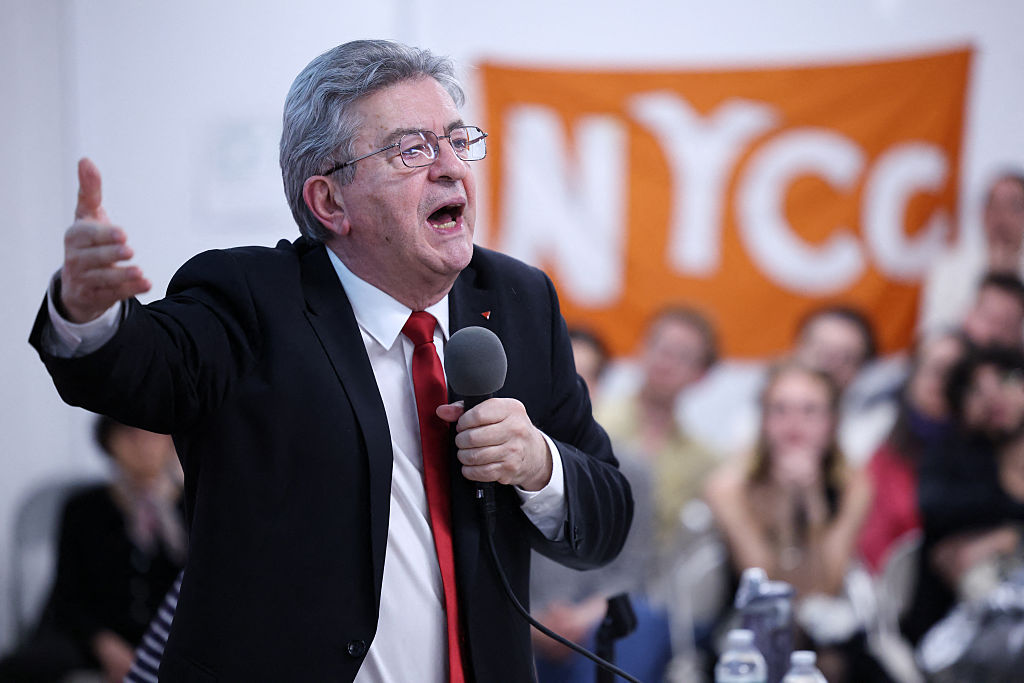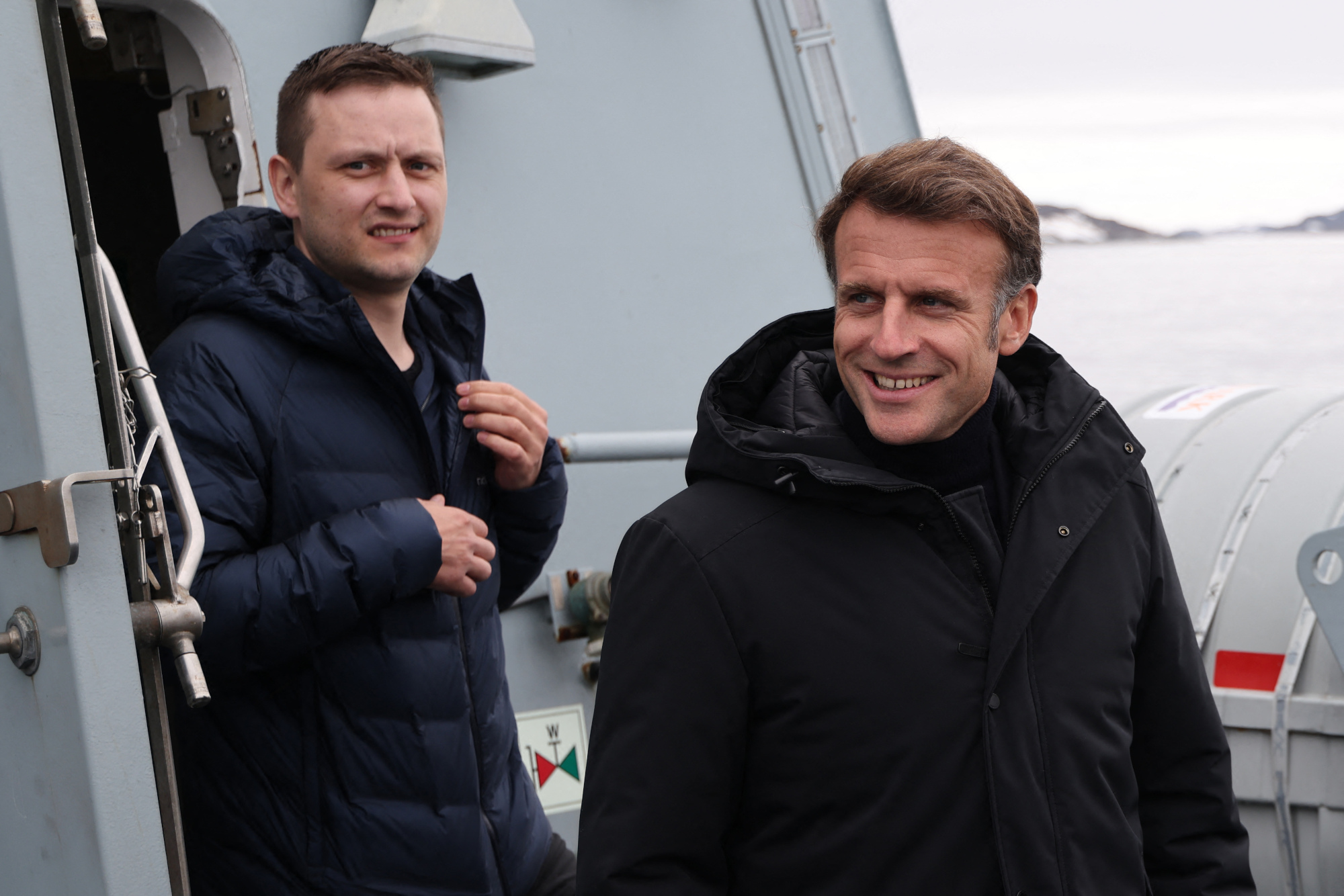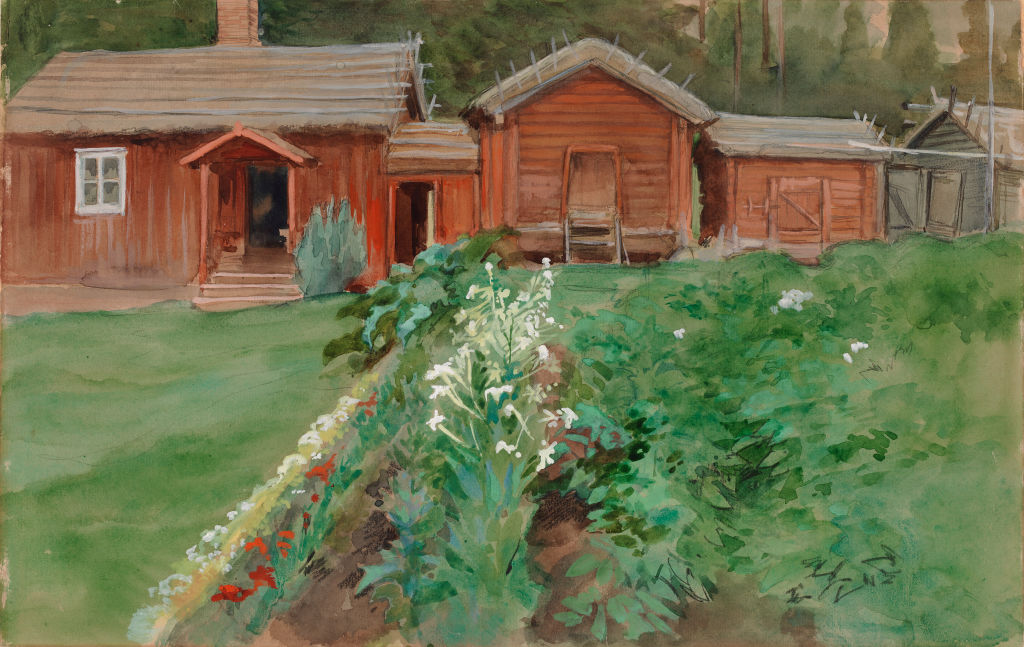As ruins go, Royaumont is as good as any. French roads also being what they are, Royaumont is about 45 minutes from Saint-Denis, the cathedral in Paris where the kings of France are buried, and perhaps 20 minutes from Chantilly, where as much English as French is spoken on the racecourse. Beginning his reign in the 13th century, King Louis IX chose Royaumont as the site of one of the Cistercian abbeys he was building. Dying while on crusade in North Africa, he probably never saw what was reputed to be the most magnificent of all Cistercian abbeys in the whole country, the rival of Mont Saint-Michel or Fontevrault. Royalty notwithstanding, the Vatican singled him out for canonization.
Thousands of Cistercians took the vow at Royaumont, and one among them was Abbé Prévost, whose novel Manon Lescaut was an 18th-century bestseller, later turned into operas by Massenet and Puccini. In the 1780s, the worldly abbot of the day commissioned Louis Le Masson to build him a palace, a palais abbatial, presumably paid for out of Abbey funds. An example of Palladian architecture with nothing ecclesiastical about it, the house is a huge symmetrical cube with steps up to a terrace on three sides, a main door adorned with pillars, and five upper stories.
The work was finished just in time for the French Revolution and the expropriation of church assets. A local aristocrat, the Marquis de Travanet, had the church pulled down by teams of oxen, and then he sold the stone. What’s left are the indestructible bases of the supporting pilasters and one surviving tower rising to its full former height, like a gigantic finger pointing straight to the heavens. Right next to these remains still stands what was once the Abbey, set around an inner garden in the formal Cistercian style with box hedges, trees and a surrounding cloister around which I and my first cousin Elena used to roller-skate. In honor of Saint Louis the founder-king, anything that can be counted, for instance columns and windows, comes nine at a time. Off the cloister are refectories, a chapel and concert rooms, while at upper levels are the cells and a roof, magnificently medieval, at a pitch so steep that it looks as if it will slide away any minute now.
After it was disestablished, the Abbey remained in private hands. In World War One it was turned into a hospital. The owners that I knew were Madame de Ségur and Henri and Isabelle Gouin, members of a family successful in industry and the arts. My grandparents, Eugène Fould from Paris and Mitzi Springer from Vienna, bought the Palais from them in 1923, largely because Eugène did not want his son, my uncle Max, to have to serve one day in a German-speaking army. The Abbey now belongs to a foundation that is given over to music and the arts, and the Palais is a conference center. Private property has gone public.
A year or so ago, I went back to Royaumont, together with Helena Bonham Carter, the actress and the daughter of my first cousin Elena. A film company had selected Helena among others to make the point that their grandparents had lived in more dangerous times than they did. I was part of the family wartime story of escape that Helena was about to tell. The sun was shining when we arrived, and it seemed improbable that I could ever have lived in this grandiose and genial setting.
The Phony War lasted for the first five months of 1940. Nothing was happening: perhaps tomorrow there’d be no war. My father, already in the British intelligence services, had to attend a course at Cambridge, and my mother wanted to be with him. She had been brought up by a nanny who had stayed on at Royaumont. Born in 1872 in the village of Horspath, now virtually incorporated into Oxford, Jessie Wheeler had been my mother’s nanny and took charge of the four-year-old me. She had much the same determined look as Queen Victoria in old age, and her opinions were the same as Churchill’s.
Also in the house were its owner, my uncle Max, his and my mother’s elder sister Helene, and Helene’s husband Eduardo Propper de Callejón, a secretary at the Spanish embassy in Paris. Their two children, Philip and Elena, were a little older than me.
In the middle of the night, Max arrived with dramatic news. As I describe in my autobiography Fault Lines, we had to leave. There was no time to lose, the Germans had broken through and would soon be here. The government had fled from Paris to Bordeaux. In a car flying the Spanish flag, we joined what came to be known as the ‘great exodus’, as most of the population from the north of France took to the roads in cars, on bicycles, even on foot carrying suitcases. For a while afterwards, mothers were advertising for their child that had gone missing. The nation had collapsed. Quite why the French proved unwilling to fight is still unclear, but the shame of it conditions the national psyche.
Helena hardly knew her grandfather Eduardo. It was strange — to say the least — to be sitting drinking coffee in one of the downstairs rooms of the Palais in order to analyze what sort of a man he must have been, just as we might have done if there had been no war and we were only gossiping.
Once we were in Bordeaux, Eduardo went to the Spanish consulate. Orders had come from Madrid that refugees with exit visas to the United States could have a transit visa across Spain, but they had to apply for it from Madrid — obviously a move designed to grant no visas. A crowd of some 1,500 would-be transiters had gathered outside the consulate, and, not wanting to be compromised either by granting or withholding the visas, the consul had disappeared. Eduardo took his place. The researchers for the film had traced a lady from Slovakia who still had her father’s passport with Eduardo’s official stamp and life-saving signature in it.
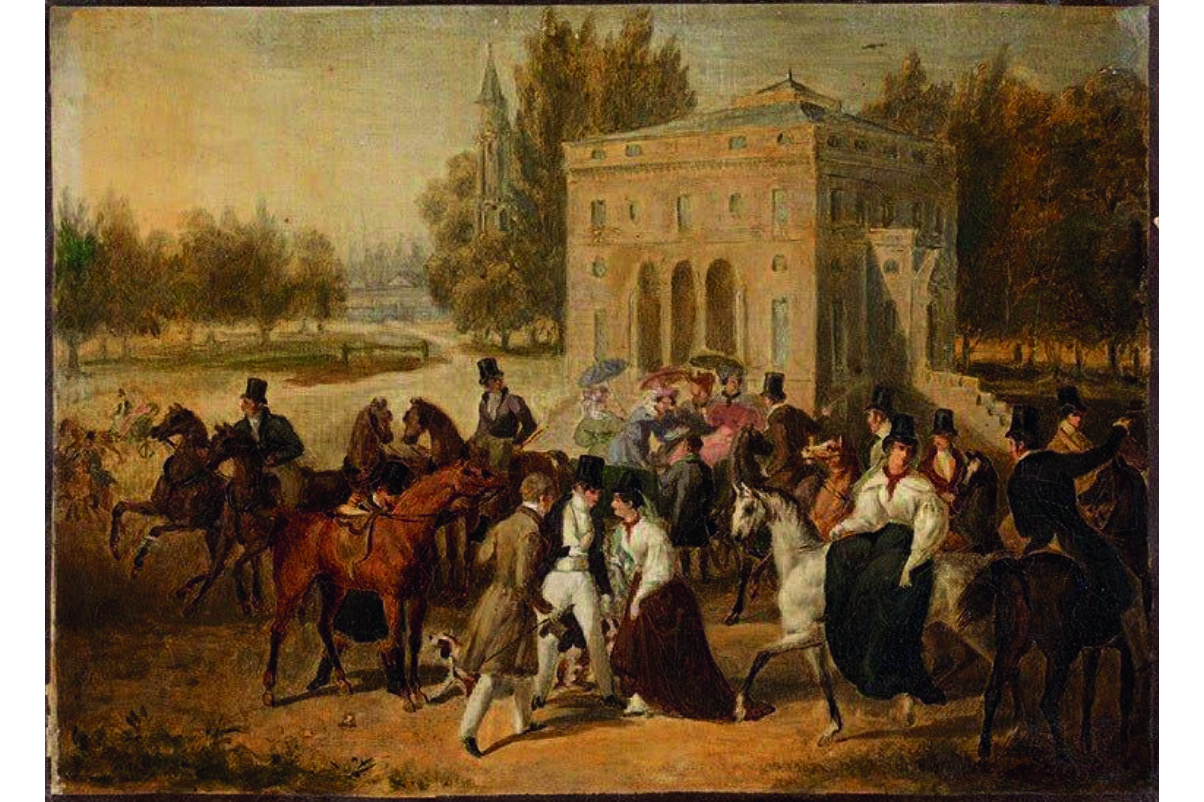
Thanks to Eduardo, I could get out, too. While England was preparing to be invaded, we all spent that summer at Zarouz, a resort on Spain’s Atlantic coast. The beach there had a bench on which Jessie liked to sit while I played around. German soldiers in Franco’s Spain were allowed to wear uniforms but not to carry arms. One of them one day in uniform sat next to her, whereupon she drew herself up and said, ‘Do you think I am going to sit next to you? Get off this bench at once.’ Her anger must have made him think he was doing something wrong, and in any case most likely he couldn’t distinguish English from Spanish. He saluted and left.
Madrid was quick to demote Eduardo for his disregard of regulations, posting him to be vice-consul at Larache, then a fishing village in Morocco, now a tourist destination. People as old as Jessie were allowed to travel, but Eduardo could get me into Spain and out again only on false papers as one of his children. As though nobody would notice, General Franco had taken over Tangier, and that cosmopolitan city was close enough to Larache for us to live in it. After France, Morocco meant food and sunshine and something exotic as well. A witch doctor worked spells at the entrance of the house, and close by there lived a Berber chief, whose presence was announced by loud tribal music. Muhammad Driss was our young gardener, and when I revisited the house 30 years later, he was still there and came hurrying up to turn me away. We fell into one another’s arms.
Thanks to Eduardo, a Spanish flag flew on Royaumont to protect it from the occupying Germans. Marcel Vernois, the factor, and his wife, Renée, the housekeeper, looked after the property as if it were theirs. Both of them were well below average height and red in the face with goodwill. Marcel belonged to the generation of Frenchmen who wore breeches and leather gaiters. His moment came when an RAF fighter plane was shot down and the pilot parachuted into the Royaumont woods, breaking his leg in the process. Marcel hid him on the farm. When the Germans couldn’t find the pilot, a firing squad put Marcel up against the wall, but he managed to talk his way out of being shot. Flight Lieutenant Tony Vidler writes in the Palais visitors’ book how he came to Royaumont the first time unwillingly by parachute, but in 1946 willingly for the second time.
I used to spend school holidays there. The granaries where Marcel had concealed Tony Vidler occupy the whole length of one side of the old Cistercian farmyard, and the way of life was still immemorial; in the French idiom, here was la vie de château. A fast-flowing stream ran past the farmyard, and the women would wash the sheets in it, beating them against a wall. Carthorses would come clattering over the cobbles to drink at that stream. When the season was right, Renée and Marcel laid a table outside their house and served buckets of snails to everyone from the farm and the Palais.
The Palais has a basement room with a column at its center that gives the impression of carrying the whole weight of the world. This was the library of my grandfather Eugène Fould and a refuge as well. Get that boy out into the fresh air, was Jessie Wheeler’s plan of action, he’s always got his nose in a book. I owe it to Royaumont that I became a writer.
This article is in The Spectator’s October 2020 US edition.



